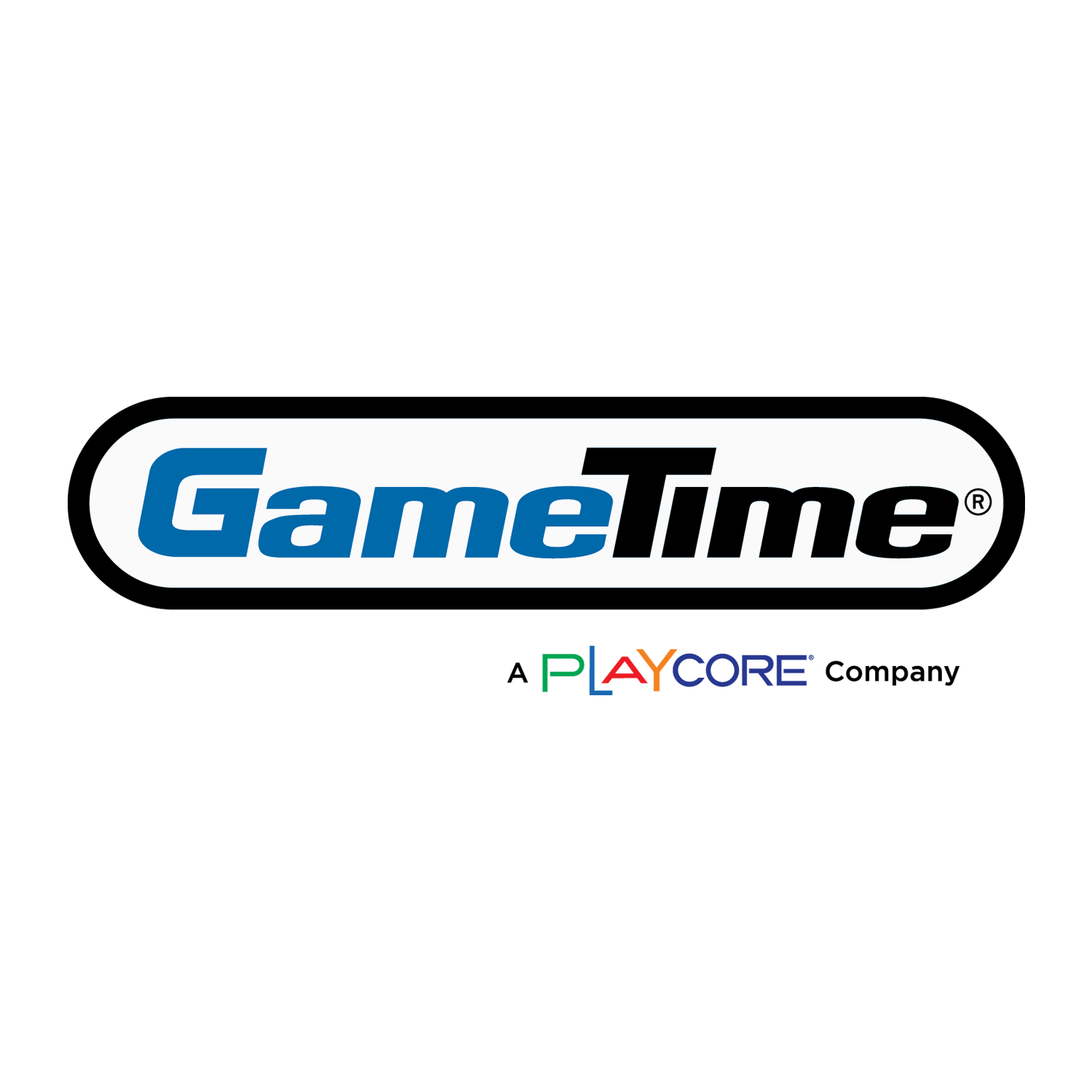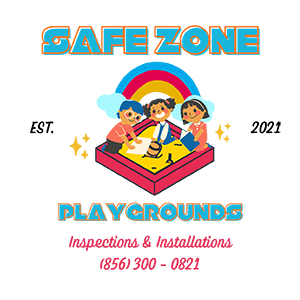According to Shakespeare’s famous quote, a rose by any other name would smell as sweet. Not so a column. While “auditioning” monikers for this storyline I wavered between choices like a girl in a shoe store, considering options from clever and catchy to scientific and serious. But in consideration of the actual purpose - to discuss trends in play - we simply want to know, “Have you heard?” So there it is. Well, have you?
Play by any other name, however, is what you make it, no matter what your age. I had the opportunity to see that first hand while in San Jose for the California Parks and Recreation Society show recently. During a yoga class for attendees, people tried to find their center and get in touch with their calmer side while stretching and preparing for a long day on the show floor. The class laughed and enjoyed each other’s company as beginners tried to achieve a pretzel-like nirvana, while the more experienced offered encouragement to those who were new to the activity. We had fun, felt playful, and yes, even got some much needed exercise! Later, at the sponsored party event at San Jose’s Tech Museum, attendees and exhibitors played with a multitude of interactive exhibits, and demonstrated their flexibility and skill on the dance floor. The next day, people seemed super-energized, talkative, and inquisitive, which we know are benefits of play, no matter what your age.
On the same trip, we had the opportunity to watch people of all abilities gather on a life-size Monopoly board in San Jose’s Discovery Meadow, where participants roll jumbo dice, wear oversized token-shaped hats, and even wear prison garb when directed to “Go directly to jail. Do not pass Go. Do not collect $200.” People at play came in all shapes, sizes, and ages, and the common thread among all was laughter and movement. Everyone, for just that space in time, was acting like a kid. When I asked one woman why she came out to play, she replied, “I get active in a fun way every chance I get. I do some of my best “work think” after an invigorating session of play.”
Apparently this thought is growing among companies, at least the early adopters who understand that play is a key factor in creativity. You may have heard of Google’s 20% program, where employees can dedicate 20% of their time to special projects they choose to pursue; or the book Fish, which was born of the Pike Place Market fishmonger’s playful approach to work. But in 2013, JWT Intelligence, a worldwide marketing and research firm, declared “Play as a Competitive Advantage” as one of the top 10 trends to watch in 2013, in follow up to their July Trend Report of the same name.
In the report (www.jwtintellegence.com) they state “In today’s fast paced world, we’ve grown increasingly less apt to spare the time for pursuits that don’t have specific goals attached. The paradox is that to compete we need to embrace purposeless activity. More people are starting to understand this and to act accordingly. Increasingly, adults will seek to balance out their organized and tech-based activities with more unstructured time and recreational pursuits. They’ll not only be happier and healthier, but find that they’ve gained competitive advantages.”
The idea is not a new one. In the 1960s Bob McKim, a Professor Emeritus at Stanford University spent a lot of time researching creativity in adults. He introduced an exercise in his lectures where he would get people to draw the person next to them in 30 seconds. The usual result was a lot of embarrassed laughter, half-hearted attempts, apologies, and some even refused.
McKim observed that if you asked a group of children to do the same thing they would do so joyfully, and generally be happy to share the result, no matter what it looked like, since children don’t have the same pressures we put on ourselves as adults - especially when it comes to being judged in a group environment. Tim Brown, in his lecture for Serious Play, performed the exercise with his audience to the same result. To see the experiment, and to hear more of Brown’s lecture go to www.ted.com/talks/tim_brown_on_creativity_and_play.html.
As we grow older, we become sensitive to others and raise barriers. Creative freedom doesn’t seem to stay with the majority of adults; it’s something we forget as we get older. Even those in creative positions will often find their creativity can be enhanced by engaging in play, whether that means taking a walk at lunch, going to a local gym with friends, or taking it to the next level in the same way companies like Google, Ideo, and LinkedIn are doing.
On a daily basis, those of us who make our living in the play industry talk about the multitude of ways that play is beneficial to children, how recess offers them the opportunity to refocus, and how play is essential for development. Play can also help reduce stress, something that most of us have in abundance. Why would these benefits be any different for adults? The truth is, they’re not. Dr. Stuart Brown, a well-known clinical psychologist who has spent most of his career researching play and the effects of play deprivation, understands that play is an evolved behavior - important for the well being and survival of animals, especially those of higher intelligence. Through his organization, the National Institute for Play, www.nifplay.org he is working to expand the study of human play into a vital science - and help people everywhere enjoy and participate in play throughout life.
Dr. Brown states, “Play is essential to our social skills, adaptability, intelligence, creativity, ability to problem solve, and more. Play is hardwired into our brains—it is the mechanism by which we become resilient, smart, and adaptable people.” Dr. Brown also discusses the effects of play deprivation and the resulting deficiencies that reflect brain function in his article featured in the play value treatise, Words on Play. www.playcore.com/WordsOnPlay.html
So what is play? One dictionary defines it as “an exercise or activity for amusement or recreation.” For children (and even some parents), it may involve time on the playground. For adults, it can mean a game of golf, a walk in the park, or a bike ride. At companies like Dero, www.dero.com one of Outside Magazine’s best places to work, biking is part of their work culture, as they pedal to meetings around town and take company outings on their bikes. The Dero team, who manufactures bike racks, feels that the cultural tie in promotes pride in their product, creativity, and promotes healthy activity for employees.
We want to know how you play. Send an e-mail to me at [email protected] and share your favorite way to play, and the benefits it brings to your life! As a thank you, I’ll send you a complimentary copy of the aforementioned Words on Play so you can read more about the value of play in our daily lives. Now go out and PLAY!
Let's Play!
Thank you for joining me on an exciting journey! I am thrilled to be a regular contributor to this newsletter and in the pursuit of the joy of play, I hope to open the door to a wide audience, friends new and old, and provide you with stories and trends that motivate you to advocate for play.



















